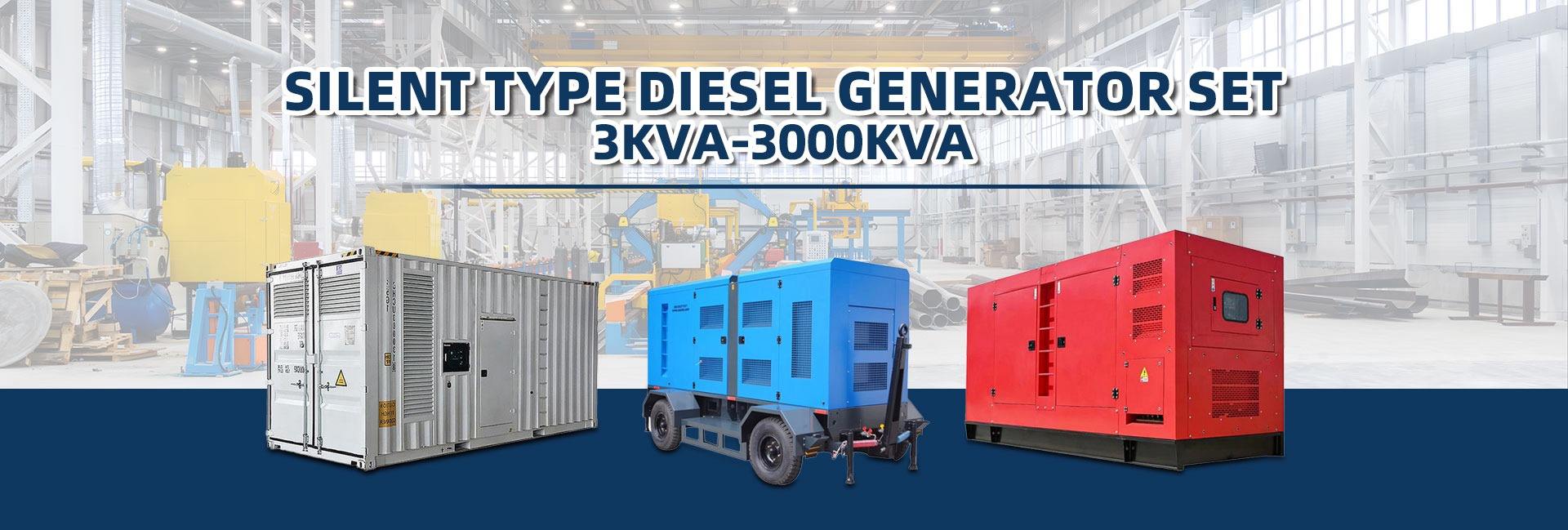Introduction
As the world becomes more conscious of the environmental impact of industrial activities, emissions standards have become increasingly stringent. This is particularly true in the power generation industry, where generator sets are required to meet strict Tier 4 emission standards.
What are Tier 4 Emission Standards?
Tier 4 emission standards are a set of regulations established by the Environmental Protection Agency (EPA) to reduce harmful emissions from non-road diesel engines. These engines are commonly used in generator sets, construction equipment, and agricultural machinery. The Tier 4 standards are designed to significantly reduce emissions of nitrogen oxides (NOx), particulate matter (PM), and hydrocarbons (HC).
Why are Tier 4 Emission Standards Important?
Tier 4 emission standards are important for several reasons. First and foremost, they help to protect human health and the environment by reducing harmful air pollutants. Secondly, they promote innovation and technological advancements in the power generation industry. Finally, they help to level the playing field by ensuring that all generator sets meet the same stringent emissions standards.
How to Achieve Tier 4 Emission Standards Compliance
Achieving Tier 4 emission standards compliance can be a complex process, but it is essential for any generator set operator. Here are some steps you can take to ensure that your generator set meets the necessary standards:
Choose the Right Engine
The first step in achieving Tier 4 compliance is to choose an engine that meets the necessary emissions standards. Look for engines that are certified to meet Tier 4 Final or Tier 4 Interim standards. These engines are equipped with advanced emission controls that reduce NOx, PM, and HC emissions.
Install Emission Controls
In addition to choosing the right engine, you will also need to install appropriate emission controls. These may include selective catalytic reduction (SCR) systems, diesel particulate filters (DPFs), and diesel oxidation catalysts (DOCs). These systems work together to reduce emissions and ensure that your generator set meets Tier 4 standards.
Monitor and Maintain Your Generator Set
Once your generator set is equipped with the necessary emission controls, it is important to monitor and maintain it regularly. This will help to ensure that the emission controls are functioning properly and that your generator set continues to meet Tier 4 standards. Regular maintenance may include replacing filters, cleaning the DOC, and checking for leaks.
Benefits of Tier 4 Emission Standards Compliance
While achieving Tier 4 emission standards compliance may require an investment of time and resources, there are many benefits to doing so. Here are just a few:
Improved Air Quality
By reducing harmful emissions, Tier 4 compliance helps to improve air quality and protect human health. This is particularly important in urban areas, where air pollution can have a significant impact on public health.
Regulatory Compliance
By meeting Tier 4 emission standards, generator set operators can avoid costly fines and penalties associated with non-compliance. This can also help to protect your business's reputation and avoid potential legal issues.
Increased Efficiency and Performance
Many Tier 4 compliant engines are more fuel-efficient and have better performance than older engines. This can lead to cost savings and improved productivity for your business.
Conclusion
Tier 4 emission standards compliance is an essential consideration for any generator set operator. By choosing the right engine, installing appropriate emission controls, and maintaining your generator set regularly, you can ensure that your generator set meets the necessary standards and provides reliable power while protecting the environment and human health.





